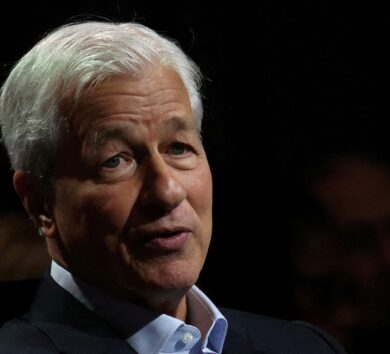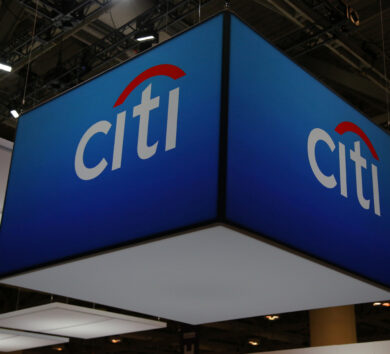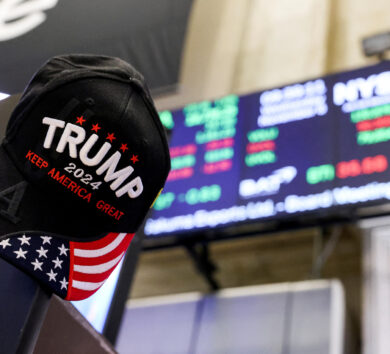

Financial analyst Dania Palmer is predicting modest growth for the Jamaican stock market in the coming months, with low single-digit gains anticipated. This cautious optimism, he said, hinges on key economic and market factors.
“The trajectory of the stock market over the next six months to a year is expected to be shaped by two critical factors: the Bank of Jamaica’s (BOJ) monetary policy and the broader economic environment. Although the BOJ’s policy rate has been reduced to six per cent, it remains restrictive. Further rate cuts, alongside a favourable economic backdrop, are essential for stimulating market growth,” he said.
Palmer, who is the research manager at JN Fund Managers, a member company of The Jamaica National Group, noted that the monetary transmission mechanism may require an additional six months to nine months to start to impact the economy. For example, the costs of consumer loans (mortgages etc.) will need to be adjusted downwards for the full effect of the policy rate adjustment to take shape.

The downward adjustment in policy rate may help to improve equity valuations. However, this is not the only catalyst needed to ensure improved stock market performance. He pointed out that ultimately earnings per share (EPS) growth is the primary driver of equity market performance and that investor sentiment plays a pivotal role.
“You could have EPS expansion and poor equity performance in the short-term if investor sentiments towards equities remain weak,” he explained. “For sustained market growth, improvements in both EPS and investor sentiment are needed.”
Over the last four years investor sentiments towards the local stock market have been weak, he explained. This became apparent as the BOJ commenced its rate hiking cycle back in 2022. As the policy rate started to increase, investors increased their appetite for money market/short-term instruments including the BOJ CDs where the quarterly aggregate subscription moved from just below $130 billion in quarter three of 2022, when the first-rate cut was implemented post-COVID-19, to peak at $462 billion in quarter one of 2024.
“At the same time, lower sums were being invested in the local stock market based on the total value of trades executed on the main market of the JSE. In quarter two of 2024, the value of trades stabilised at around $10 billion in quarter two of 2024, just before BOJ implemented its first rate cut (in August 2024) before jumping to over 20 billion in quarter three of 2024,” he informed.
“By the end of the year, the BOJ shaved one per cent off its policy rate, now six per cent and the JSE’s main index grew by 3.1 per cent over the 12 months. Despite this, “sentiments have remained generally weak,” he added.

Palmer said that if the current economic indicators, pointing to low growth, waning consumer confidence and high interest rates remain, these could present challenges to the stock market growth in 2025.
“But it’s not all doom and gloom, as stability in FX markets and still low unemployment are among the positives in the economy which can help to support good company performance still,” he pointed out.
Manufacturing Projected to Show Resilience
Despite the obvious challenges, he said the manufacturing sector is expected to show resilience in 2025. However, he recommends that investors remain very selective and focus on companies with strong leadership, as effective management is crucial during challenging times.
“Within the manufacturing sector, defensive stocks – those less affected by low growth—are considered promising. Profit performance in these companies is unlikely to be significantly depressed in a low-growth environment,” he suggested.
The JN Fund Manager research manager said that potential risks to the market’s growth trajectory include protracted economic contractions and high inflation. “The recent deeper-than-expected contraction in the Jamaican economy underscores these vulnerabilities. Although the tourism sector has shown signs of recovery since the pandemic, it experienced a downturn earlier this year, highlighting the fragile nature of the economic recovery,” he said.
In the face of these uncertainties, the research analyst emphasised the importance of taking a long-term view when investing in equities and seeking professional help to assist in one’s investment journey. Investors are urged to remain cautious, particularly as economic indicators and monetary policy continue to influence market dynamics.
“The interplay between economic growth, inflation, and monetary policy will be crucial in shaping the performance of the stock market in 2025. While challenges persist, last year’s performance of some companies suggests that opportunities exist for discerning investors willing to navigate the complexities of the current economic landscape,” he said.







Comments